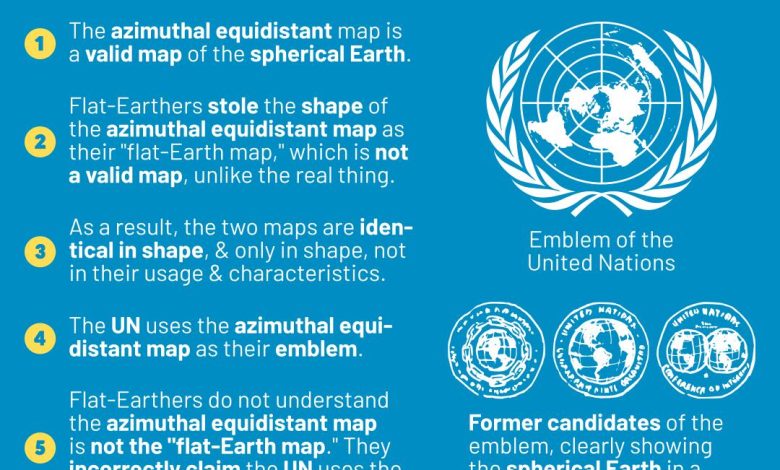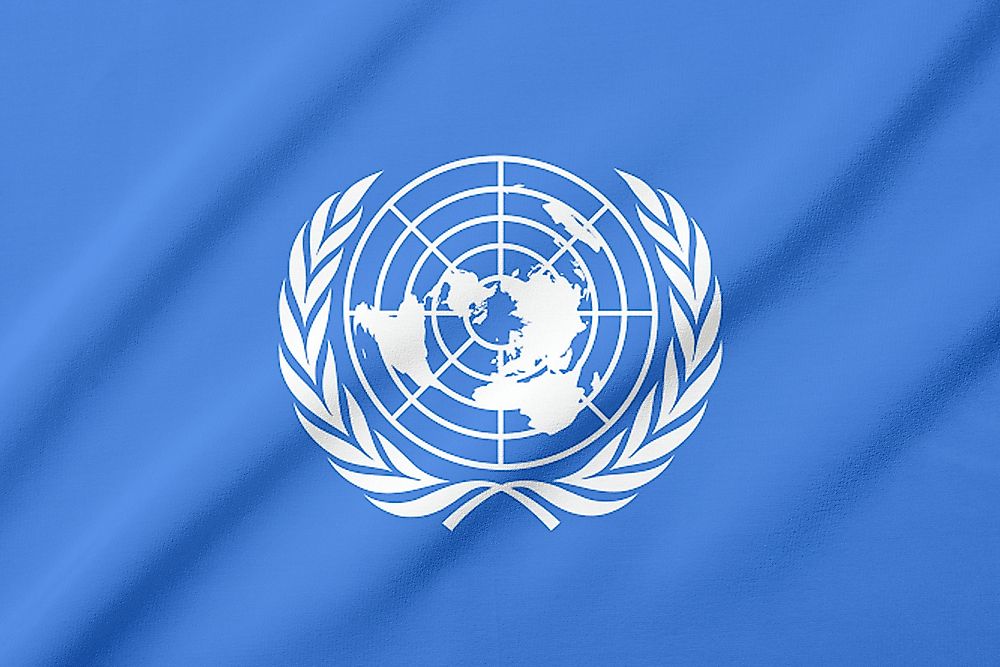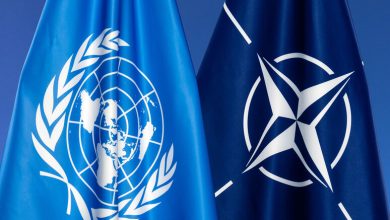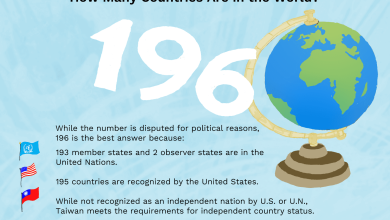What is the Meaning of the United Nations Flag: A Deep Dive

The United Nations flag represents global peace and unity. It features a world map surrounded by olive branches.
The United Nations flag holds significant symbolism. The world map at the center signifies the UN’s global reach and aspirations. Olive branches encircle the map, symbolizing peace and goodwill. This design reflects the UN’s mission to foster international cooperation and harmony.
The flag’s blue background stands for the sky, emphasizing the universality of the organization. Introduced in 1947, the flag has become a global icon. Its elements convey the UN’s core values, promoting peace, security, and human rights across the world. The flag serves as a reminder of the collective efforts needed to maintain global peace and unity.
Origins Of The Un Flag
The United Nations was founded in 1945. The world was recovering from World War II. Leaders wanted to promote peace and cooperation. They needed a flag to represent their mission. The flag had to be unique and meaningful.
Early designs had many symbols. Some had olive branches for peace. Others included a world map. The design had to be simple and clear. The final choice was a blue background. It featured a world map in white. Olive branches surrounded the map. This symbolized global unity and peace.

Credit: www.worldatlas.com
Symbolism In The Design
The United Nations flag uses two main colors: light blue and white. Light blue represents peace and calm. White stands for purity and hope. Both colors together show the UN’s goal for a peaceful world.
The flag includes a world map surrounded by olive branches. The world map shows all the countries. Olive branches mean peace. The design shows the UN’s goal to unite all nations and keep peace.
Global Unity Message
The United Nations flag stands for peace and cooperation among countries. The flag shows a world map surrounded by olive branches. The olive branches are a symbol of peace. The map shows all countries as equals. This means all nations should work together.
The United Nations flag represents all the countries in the world. It shows that every country is important. The flag is a reminder of the goal of global unity. It calls for countries to come together for common good. The flag promotes the idea of working together for a better world.
Evolution Over Time
The United Nations flag has changed over the years. The first design had a world map surrounded by olive branches. This design symbolized peace and unity. The map was later simplified to make it clearer. The blue background represents the sky, a symbol of hope. The design has not changed much since its adoption.
All member states of the United Nations use this flag. They display it at UN meetings and events. Many countries also fly it at their embassies. This shows their support for the UN. The flag represents global cooperation and peace.
Impact And Recognition
The United Nations flag is known worldwide. It represents peace and unity. Many countries respect this flag. The flag has a blue background. A white map of the world is in the center. Olive branches surround the map. These branches symbolize peace.
The United Nations flag is seen in many places. Schools teach about it. People see it at events and meetings. Many books and films show the flag. It is a symbol of hope. The flag inspires many to work for peace.

Credit: en.wikipedia.org

Credit: www.facebook.com
Frequently Asked Questions
What Does The United Nations Flag Symbolize?
The United Nations flag symbolizes global unity and peace. The olive branches represent peace. The world map signifies all people and countries.
What Do The Five Concentric Circles Represent?
The five concentric circles symbolize different levels of influence or importance. They often represent layers like personal, social, organizational, national, and global impacts.
Why Is Un Color Blue?
The UN color is blue to symbolize peace and security. Blue represents calmness and harmony, aligning with the UN’s mission.
Who Designed The United Nations Flag?
The United Nations flag was designed by a team led by Donal McLaughlin. It was adopted on October 20, 1947.
Conclusion
The United Nations flag symbolizes global unity and peace. Its design fosters hope and collaboration among nations. Understanding its meaning deepens our appreciation for international cooperation. Embracing these values can lead to a more harmonious world. Let’s continue to support the mission of the United Nations for a brighter future.




One Comment